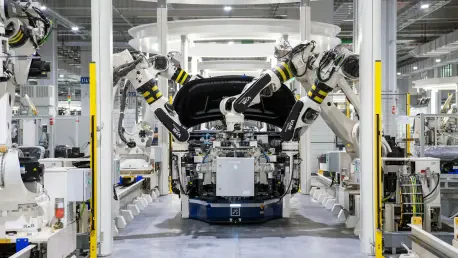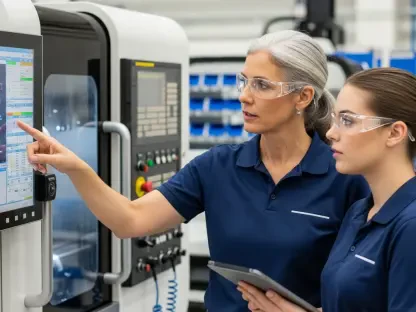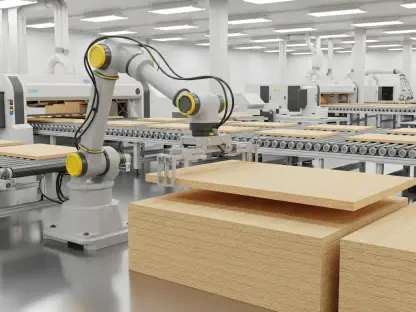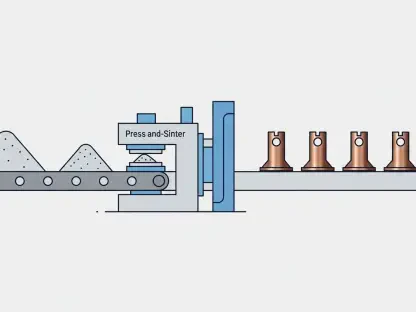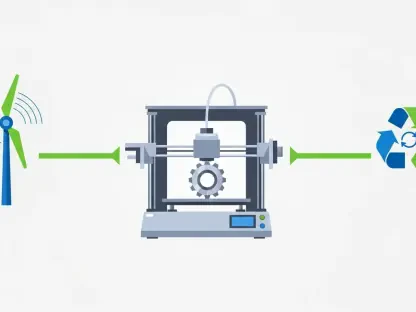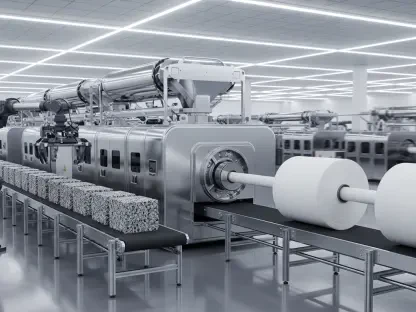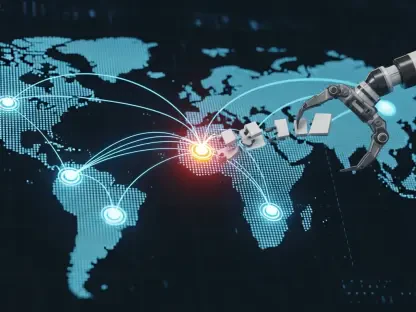In an era where manufacturing is undergoing a profound transformation, the recognition of Eaton’s Changzhou, China, facility as a Lighthouse by the World Economic Forum (WEF) stands as a testament to the power of digital innovation. This prestigious honor, awarded through the WEF’s Global Lighthouse Network, places the factory among the elite in global manufacturing, celebrated for excellence in productivity, supply chain resilience, and customer focus. As industries worldwide grapple with the challenges of efficiency and sustainability, Eaton’s achievement offers a compelling glimpse into how advanced technologies can reshape the production landscape. This milestone not only highlights the company’s commitment to pushing boundaries but also sets a benchmark for others striving to navigate the complexities of modern manufacturing demands.
The Rise of Smart Manufacturing
Pioneering Digital Transformation at Changzhou
Eaton’s Changzhou facility, with nearly two decades of operation, exemplifies the potential of digital transformation in manufacturing. By embracing Industry 4.0 technologies like artificial intelligence, robotics, and digital twin systems, the plant has dramatically improved its operational efficiency. Handling an impressive 164,000 SKUs and creating 5,000 new designs each year within an engineer-to-order model, the factory has slashed design cycles while enhancing productivity. The results are striking: lead times have been reduced by 39%, efficiency has surged by 50%, and revenue has skyrocketed by 129%, all without increasing staff. This showcases how targeted technology integration can yield substantial business growth and redefine what is possible in a competitive industrial environment.
Measuring the Impact of Innovation
Beyond operational metrics, the Changzhou factory’s success underscores a broader shift toward customer-centric manufacturing. The integration of advanced tools such as generative AI and simulation has enabled the facility to respond swiftly to market needs, ensuring tailored solutions that meet client expectations. This approach has positioned the plant as a leader in adapting to dynamic demands, setting it apart in a crowded field. Furthermore, the recognition as a Lighthouse by the WEF validates the effectiveness of these strategies, highlighting how digitalization can create a ripple effect, influencing not just internal processes but also customer satisfaction and market positioning. The implications of such advancements extend far beyond a single site, offering a blueprint for industry-wide evolution.
Eaton’s Vision for the Future of Industry
Expanding the Smart Factory Footprint
Eaton’s commitment to modernizing its manufacturing capabilities is evident in the expansion of its smart factory initiative beyond Changzhou. Since announcing the first of these advanced facilities in 2024, the company has established nine additional smart factories across regions like Brazil, Europe, Mexico, and the United States. This global rollout reflects a strategic focus on leveraging cutting-edge technologies to enhance efficiency and productivity on an international scale. Craig Sutton, vice president of Industry 4.0 at Eaton, has emphasized the importance of these efforts, noting the dedication of teams worldwide in driving this transformation. Such expansion signals a consistent push toward operational excellence, ensuring that technological advancements are not confined to a single location but are a core component of the company’s global strategy.
Aligning with Global Sustainability Goals
Equally significant is how Eaton’s smart factory initiative aligns with broader missions of sustainability and intelligent power management. Operating in diverse sectors such as data centers, aerospace, and mobility, the company prioritizes electrification and digitalization to support the transition to renewable energy. With a presence in over 160 countries and substantial revenue figures, Eaton is well-positioned to tackle urgent global power management challenges. The Changzhou facility’s achievements in efficiency and resource optimization reflect a dedication to environmental stewardship, proving that technological progress and sustainability can go hand in hand. This focus not only addresses pressing industry needs but also reinforces Eaton’s role as a leader in ethical and forward-thinking business practices.
Reflecting on a Milestone Achievement
Looking back, Eaton’s recognition within the WEF’s Global Lighthouse Network marked a pivotal moment in the journey of manufacturing innovation. The Changzhou facility’s accomplishments in reducing lead times and boosting revenue without expanding its workforce demonstrated the transformative impact of Industry 4.0 technologies. As part of a larger network of smart factories, this achievement highlighted the potential for digital tools to address complex challenges in productivity and customer engagement. Moving forward, the industry can draw inspiration from this model, exploring ways to integrate similar advancements into their operations. The path ahead involves continued investment in technology and a commitment to aligning operational goals with sustainability imperatives, ensuring that the lessons from this milestone guide future progress in manufacturing excellence.
